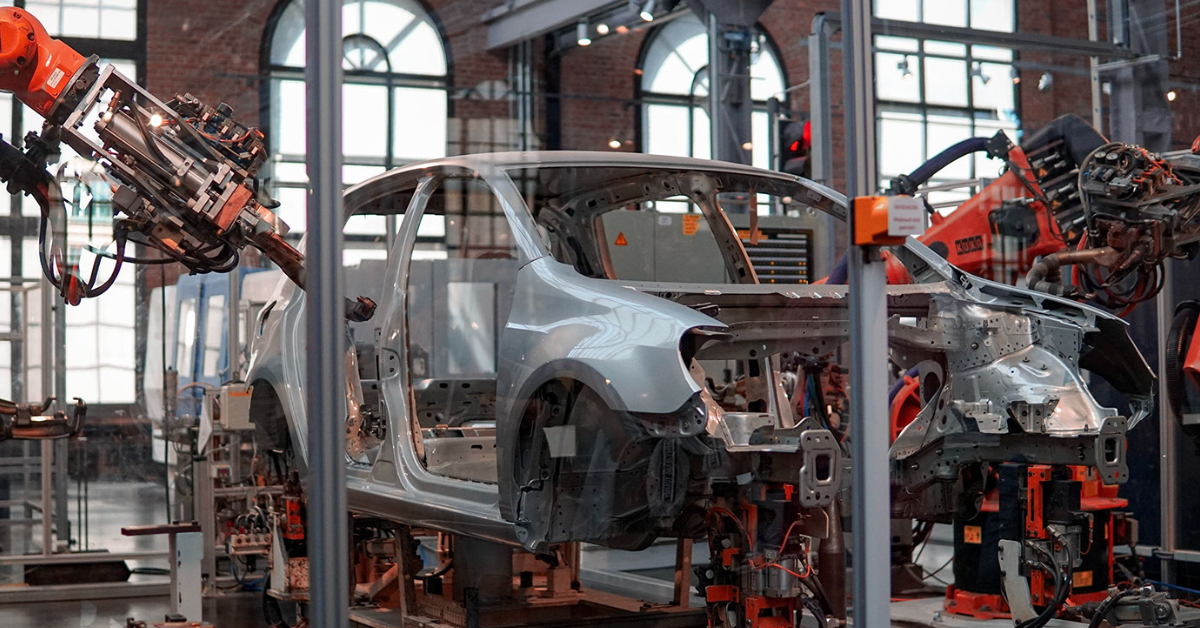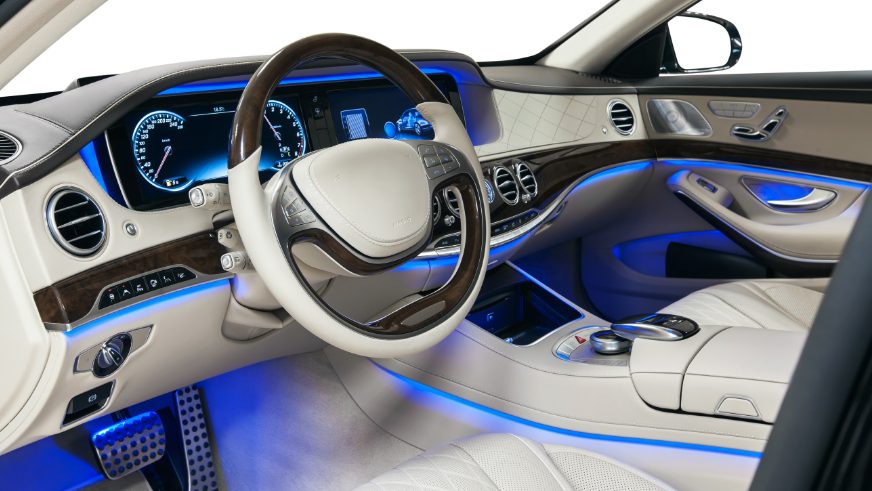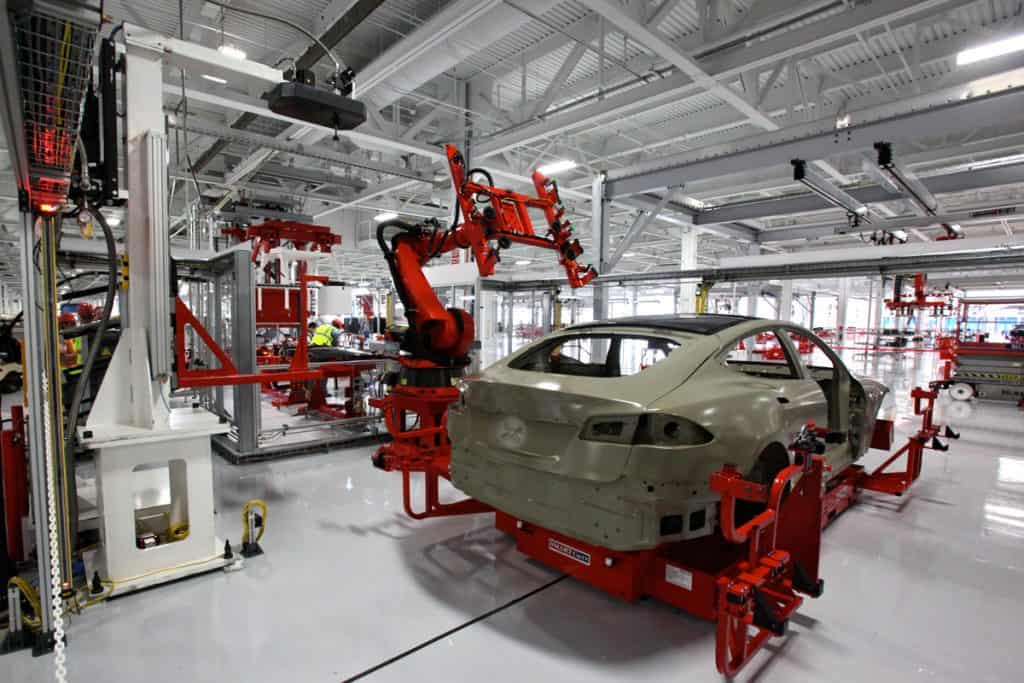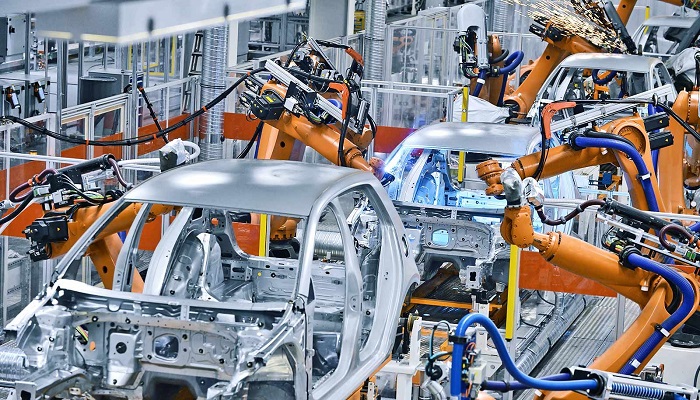Why Automotive Composite Materials Are a Game Changer

automotive composite materials In the dynamic realm of automotive engineering, innovation is a constant driver of progress. Among the most significant advancements in recent years has been the integration of automotive composite materials into vehicle design and manufacturing. These materials, which combine two or more constituent materials to create a product with enhanced properties, are reshaping the landscape of the automotive industry. As vehicles evolve to meet stricter performance, safety, and environmental standards, the role of composites becomes ever more crucial. This article delves into the myriad ways automotive composite materials are a game changer, offering unparalleled benefits that extend beyond traditional materials.

Understanding Automotive Composite Materials
Automotive composite materials are composed of a matrix and a reinforcement component, typically fibers such as glass, carbon, or aramid. The matrix binds the fibers together and provides the overall shape, while the reinforcement contributes strength, stiffness, and durability. This combination allows for the creation of materials that exhibit remarkable performance characteristics, making them ideal for various automotive applications.
Types of Automotive Composite Materials
- Fiber-Reinforced Plastics (FRP):
- Glass Fiber Reinforced Plastic (GFRP): GFRP combines glass fibers with polymer resins, resulting in a lightweight and robust material. It is widely used in non-structural components, such as body panels and interior parts.
- Carbon Fiber Reinforced Plastic (CFRP): CFRP is known for its exceptional strength-to-weight ratio. Although more expensive than GFRP, its application in high-performance vehicles and supercars is growing due to its ability to significantly reduce weight while maintaining structural integrity.
- Natural Fiber Composites:
- Utilizing fibers from natural sources such as hemp, flax, or jute, these composites offer a sustainable alternative to synthetic fibers. They are increasingly used in interior applications and contribute to lower environmental impact.
- Metal Matrix Composites (MMC):
- Combining metals with reinforcing materials such as ceramic fibers or particles, MMCs provide improved wear resistance and thermal properties. They find applications in engine components and other high-stress areas.
Key Advantages of Automotive Composite Materials
The shift towards automotive composite materials is driven by several key advantages that enhance vehicle performance, safety, and environmental sustainability.
1. Weight Reduction
One of the most significant benefits of using automotive composite materials is their ability to reduce vehicle weight. Lightweight vehicles consume less fuel, leading to improved fuel efficiency and reduced emissions. For instance, CFRP components can weigh up to 50% less than their metal counterparts, allowing manufacturers to design lighter vehicles without sacrificing strength or safety. This reduction in weight is especially critical as the automotive industry shifts towards electric vehicles (EVs), where every gram matters for range and performance.
2. Enhanced Fuel Efficiency
With weight savings comes enhanced fuel efficiency. Lightweight vehicles require less energy to accelerate, allowing for better mileage and reduced carbon footprints. As governments worldwide impose stricter fuel economy standards, the adoption of automotive composite materials will be essential in meeting these requirements while maintaining performance.
3. Improved Safety
Automotive composite materials offer superior energy absorption characteristics, which enhance vehicle safety. In the event of a collision, composites can deform and absorb impact energy more effectively than traditional metals. This capability reduces the risk of injury to occupants and can also minimize damage to critical vehicle components.
4. Design Flexibility
The versatility of automotive composite materials allows for innovative and intricate designs that were previously difficult to achieve with metals. Composites can be molded into complex shapes, enabling manufacturers to create aesthetically pleasing and aerodynamically efficient vehicle exteriors. This design flexibility opens the door for creative approaches to styling, enhancing the overall appeal of modern vehicles.
5. Corrosion Resistance
Unlike metals, which are susceptible to rust and corrosion, automotive composite materials are inherently resistant to environmental degradation. This property ensures that components maintain their appearance and functionality over time, reducing the need for maintenance and prolonging the lifespan of the vehicle. The resistance to corrosion is particularly advantageous in regions prone to harsh weather conditions, including salt exposure from roads.
6. Reduced Manufacturing Costs
While the initial cost of automotive composite materials can be higher than traditional metals, the long-term manufacturing costs can be lower. Composites often require less energy to process and can be produced in shorter timeframes. Additionally, their durability can lead to fewer replacements and repairs, ultimately resulting in cost savings for manufacturers.
7. Sustainability and Environmental Impact
As the automotive industry strives for sustainability, automotive composite materials play a vital role. Many composites can be produced using renewable resources, such as natural fibers, which significantly reduce the environmental impact. Furthermore, the lightweight nature of these materials contributes to lower emissions during the vehicle’s operational life.
Applications of Automotive Composite Materials
The versatility of automotive composite materials enables their application across various vehicle components and systems. Here are some notable areas where composites are making an impact:
1. Body Panels
Many manufacturers are now utilizing composites for body panels, including hoods, roofs, and fenders. GFRP and CFRP offer the necessary strength while significantly reducing weight. This shift not only enhances performance but also allows for more complex and stylish designs.
2. Interior Components
Composites are increasingly used in interior applications, such as dashboards, door panels, and seating. Their lightweight nature, combined with aesthetic appeal, makes them ideal for enhancing the comfort and luxury of modern vehicles. Additionally, natural fiber composites are gaining traction in this sector due to their sustainable properties.
3. Structural Components
As safety becomes a top priority, automotive composite materials are being utilized in structural components like crash structures and reinforcements. Their ability to absorb energy during impacts contributes to improved passenger safety.
4. Underbody Shields
Composites are also used in underbody shields and panels, which protect vital components from road debris and corrosion. The lightweight nature of these materials minimizes additional weight while enhancing durability.
5. Electric Vehicle Battery Enclosures
In the burgeoning field of electric vehicles, the use of automotive composite materials for battery enclosures is becoming increasingly common. Composites provide the necessary protection for batteries while contributing to overall weight reduction, essential for maximizing range.
Challenges and Considerations
Despite the numerous advantages, the adoption of automotive composite materials comes with its own set of challenges.
1. Cost and Production
While the long-term benefits of composites are clear, the initial production costs can be higher than traditional materials. Manufacturers must balance these costs with performance benefits to remain competitive. Investment in new manufacturing technologies can help mitigate these challenges.
2. Recycling and Disposal
The recycling of automotive composite materials poses significant challenges. Unlike metals, which can be easily melted down and reused, composites are often difficult to recycle. As the industry moves towards more sustainable practices, finding effective recycling methods for composites will be essential.
3. Repair and Maintenance
Repairing composite components can be more complex than traditional materials. While many composites can withstand impacts well, when they do fail, the process for repairing them often requires specialized techniques and materials. Training technicians to handle composite repairs will be vital as their use becomes more widespread.
Future Trends in Automotive Composite Materials
As the automotive industry continues to evolve, the role of automotive composite materials will expand further. Several trends are emerging that will shape the future landscape of automotive composites.
1. Advanced Manufacturing Techniques
Technologies such as 3D printing and automated fiber placement are revolutionizing the manufacturing process for composites. These advanced techniques will allow for faster production times, reduced waste, and the ability to create highly customized components. As these technologies become more accessible, the use of composites is likely to grow.
2. Enhanced Sustainability Initiatives
The automotive industry is under increasing pressure to adopt sustainable practices. The development of bio-based composites and improved recycling methods will play a crucial role in the future of automotive composite materials. As manufacturers seek to minimize their environmental impact, sustainable composites will become more prominent.
3. Integration with Smart Technologies
As vehicles become increasingly connected and automated, the integration of smart technologies with automotive composite materials will likely rise. Future composites could be embedded with sensors or other technologies that monitor performance and provide real-time data, enhancing both safety and functionality.
4. Lightweighting Trends
As fuel efficiency and performance continue to dominate consumer preferences, the trend toward lightweighting will drive the adoption of automotive composite materials. Manufacturers will seek to push the boundaries of material science to develop even lighter and stronger composites, further revolutionizing vehicle design.
automotive composite materials
The emergence of automotive composite materials represents a paradigm shift in automotive design and engineering. With their exceptional strength-to-weight ratio, enhanced fuel efficiency, and design flexibility, composites are transforming the way vehicles are manufactured and perceived. As the automotive industry faces increasing demands for sustainability and performance, the role of composites will only grow.
With the continued development of advanced manufacturing techniques and a focus on recycling and sustainability, automotive composite materials are set to play an even more prominent role in the future of transportation. Embracing these materials not only paves the way for innovative vehicle designs but also aligns with the industry’s commitment to a greener and more efficient future. As manufacturers harness the potential of composites, they are poised to drive the next wave of automotive innovation, marking a new era in mobility.


